If Black Friday 2023 taught us anything, it is that consumers are still shopping, but they are doing it smarter, quieter, and with far less noise online.
Our YOUKNOW reporting team, led by data wizards David Vahle and Shaun Pearson, analysed Brandwatch’s social data to understand how brands, retailers, and consumers behaved during the year’s biggest retail event. The findings? Fewer mentions, sharper engagement, and one big reminder: in the race for attention, early birds and creative campaigns still win.
1. The Conversation is Cooling Down
Globally, chatter about Black Friday has been declining for almost a decade. Mentions dropped from over 90 000 in 2021 to just under 49 000 in 2023, showing that the hype cycle is flattening out.
Economic strain, post-Covid fatigue, and consumer cynicism are cooling the frenzy, but this is not a bad thing. It signals a more conscious shopper, less likely to be swept up in the noise and more interested in genuine value.

2. South Africa’s Retail Race Starts Early
While global mentions slowed, local brands still know how to make an entrance. Pick n Pay kicked off Black Friday chatter as early as 19 September, two months before anyone else, and walked away with the biggest share of voice.
Other big players like FNB, Takealot, and ABSA only joined the conversation in November but still ranked in the top four. The takeaway? Starting early matters, but timing is not everything. Strategic messaging and media amplification count just as much.

3. Not a Retailer? No Problem.
Competitions remain a powerful driver of engagement, and clever brands outside of retail used them to join the Black Friday buzz.
Local insurer Pineapple SA ran a cross-platform #BrandOff campaign, asking followers to vote for their favourite brands. The result was 954 mentions on X, a flood of retweets, and serious visibility.
This shows that even if you are not offering discounts, you can still join the cultural moment if you make it fun, participatory, and relevant.
4. Visibility Still Sells
In 2023, Xbox and Mercedes-Benz were the most visible logos in the South African conversation.
Xbox’s success came from self-driven promotion, while Mercedes earned visibility by sponsoring the Chris Walker & Regina Belle concert.
The lesson? Visibility does not always mean advertising. Partnerships, sponsorships, and cultural events can all keep your brand in the frame.
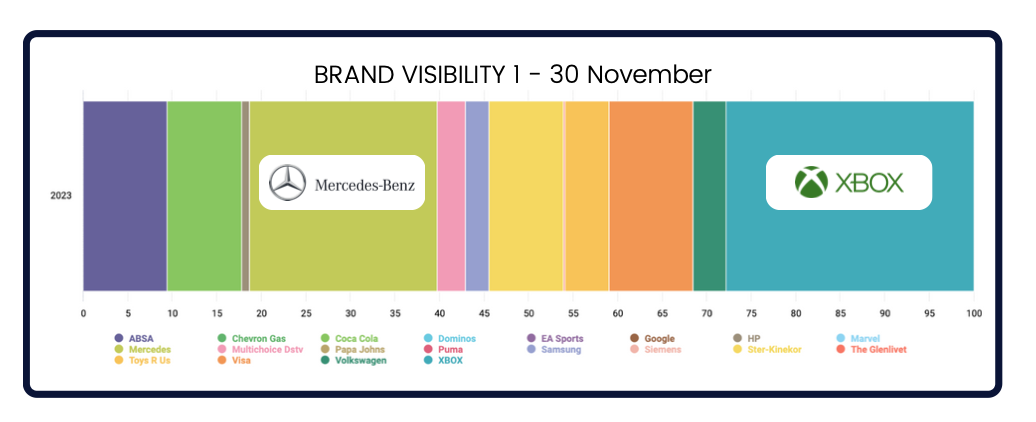
5. Hashtags: Still the Hero
Despite the decline in overall conversation, use of #BlackFriday barely changed.
It remains the entry point for discovery and engagement, proving that while people may be talking less, they are still searching.
Add local flavour too #Loadshedding even crept into the top ten hashtags of 2023 (because of course it did).
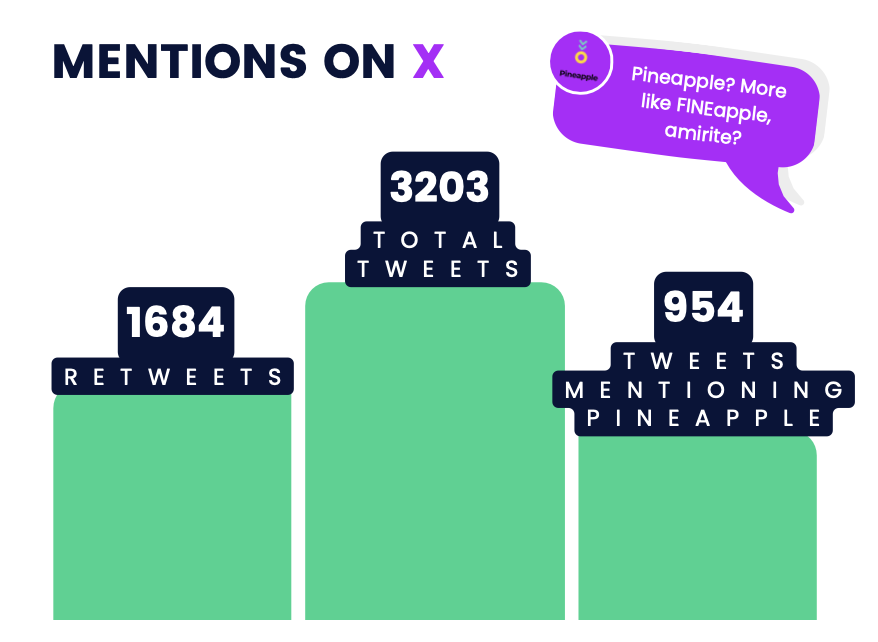
6. The Shift: From Discount Culture to Data Culture
The smartest brands are moving from hype to insight.
Those using tools like Brandwatch to track sentiment, mentions, and logo visibility are making better calls on when and how to activate.
Instead of waiting for Black Friday chaos, they are mapping trends months in advance, building smarter, data-driven campaigns that connect awareness, consideration, and conversion.
The Takeaway
Black Friday 2023 was not about who shouted the loudest. It was about who listened the best.
Pick n Pay proved that starting early pays off. Pineapple SA showed that creativity beats discounting. Xbox and Mercedes reminded us that visibility, digital or physical, still drives impact.
For 2025, the winners will be the brands that predict the conversation, not just participate in it.
If you want to uncover how your brand performed or benchmark your industry, our YOUKNOW reporting team can show you the numbers behind the noise.
📊 Download the full Black Friday Snapshot here:
👉 Black Friday Snapshot 2023 – YOUKNOW x Brandwatch
.avif)
.jpg)

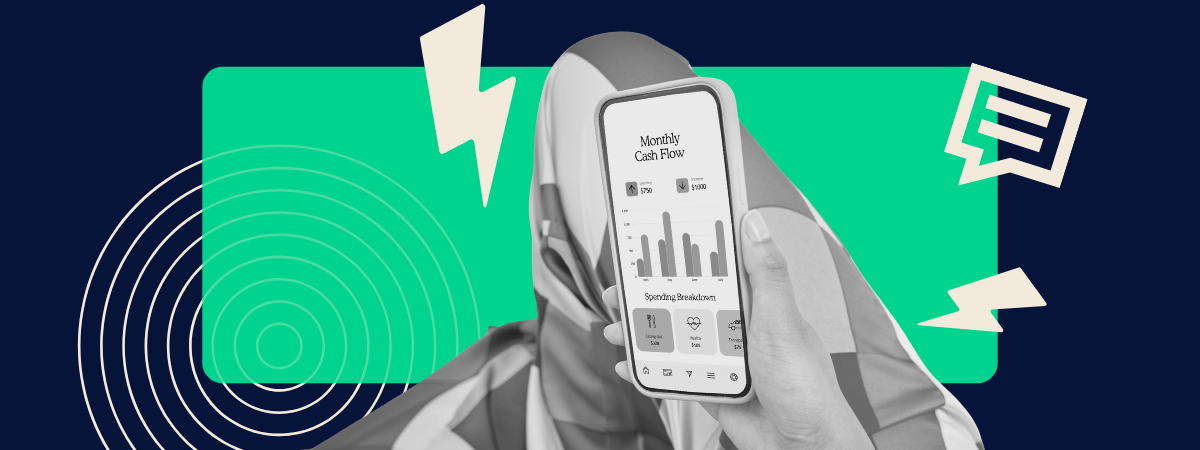
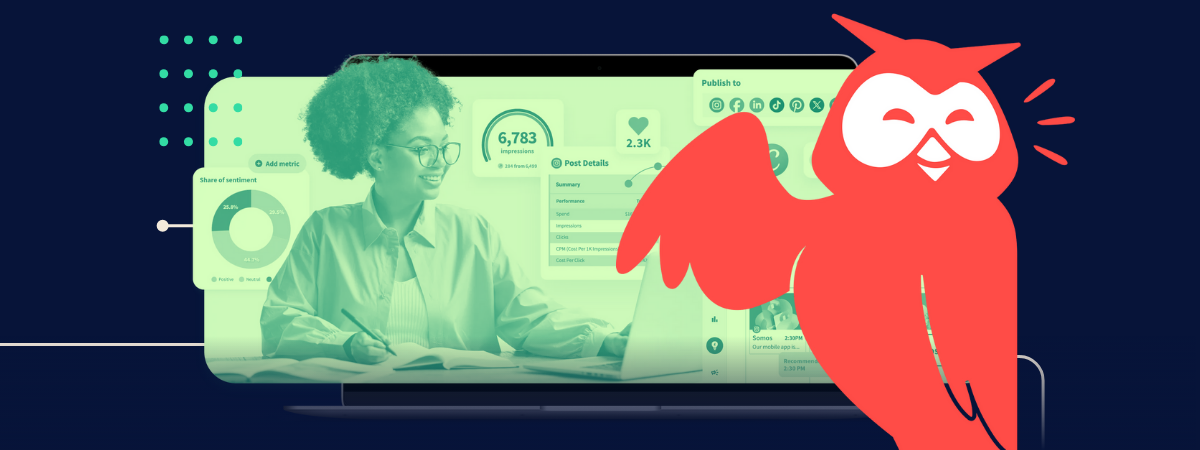
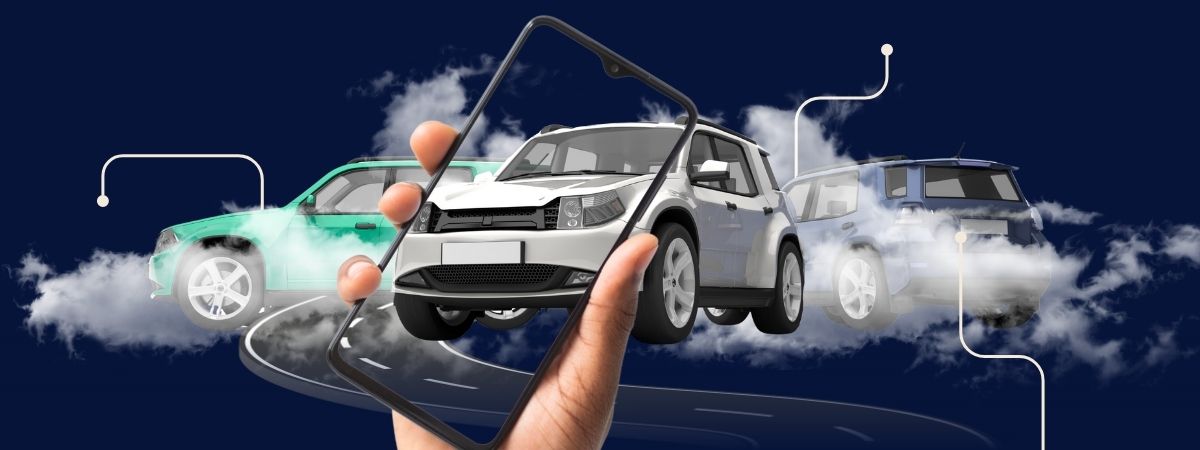

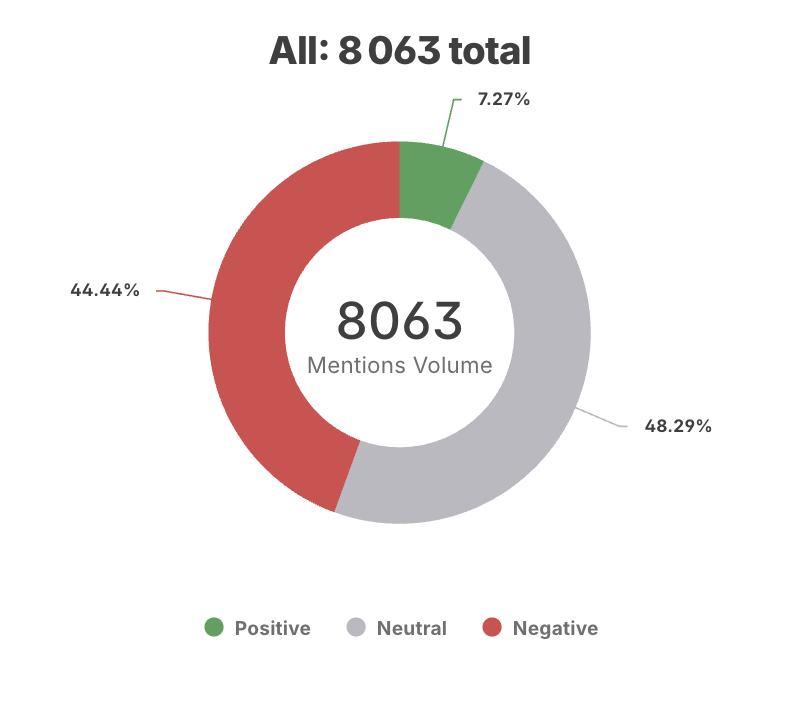
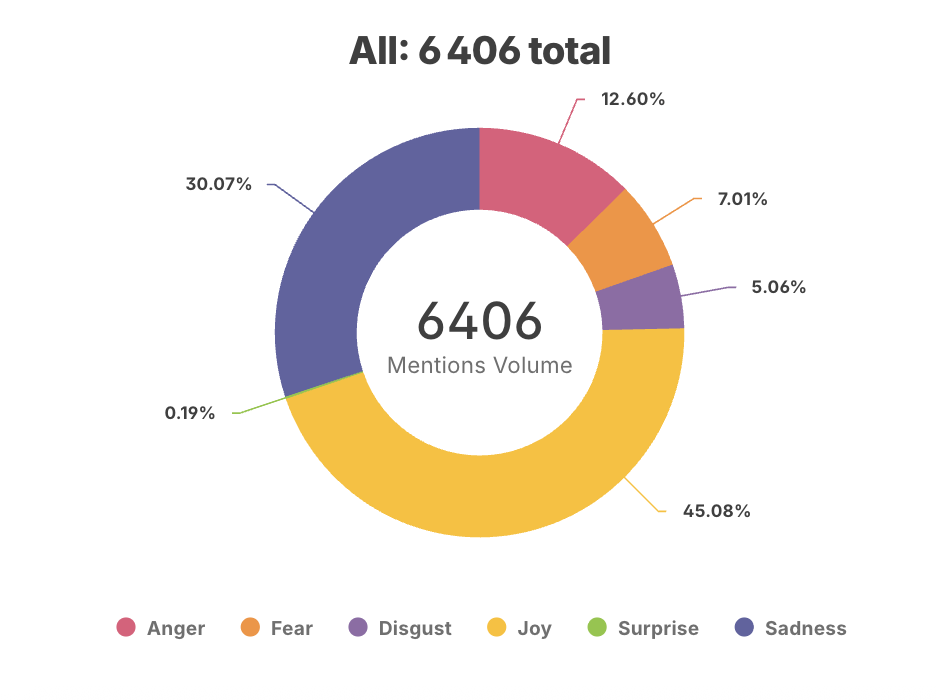
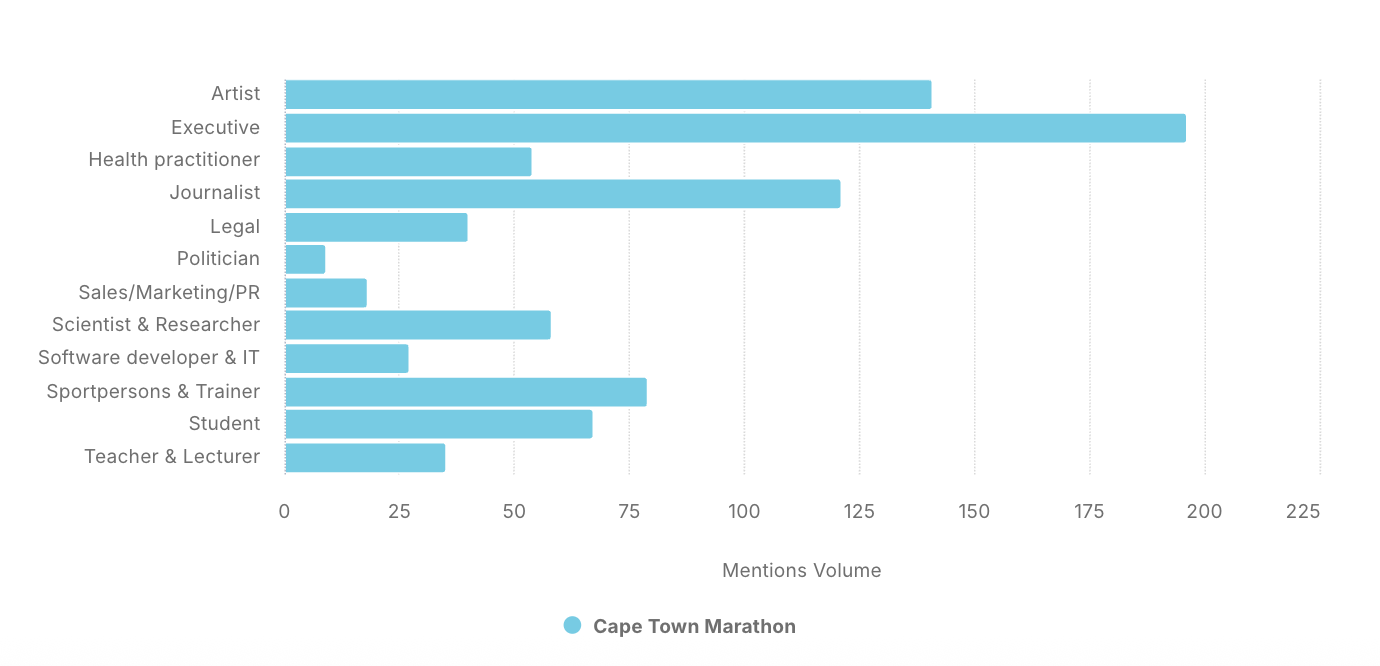

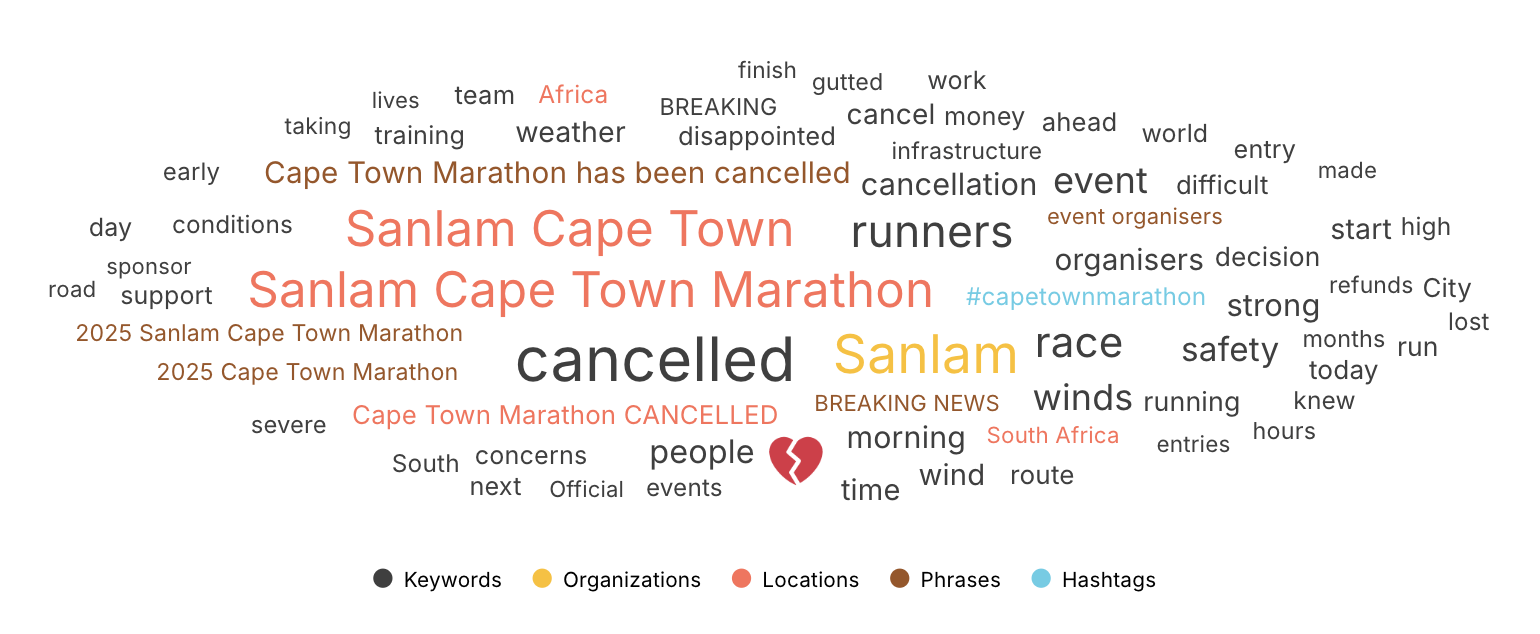


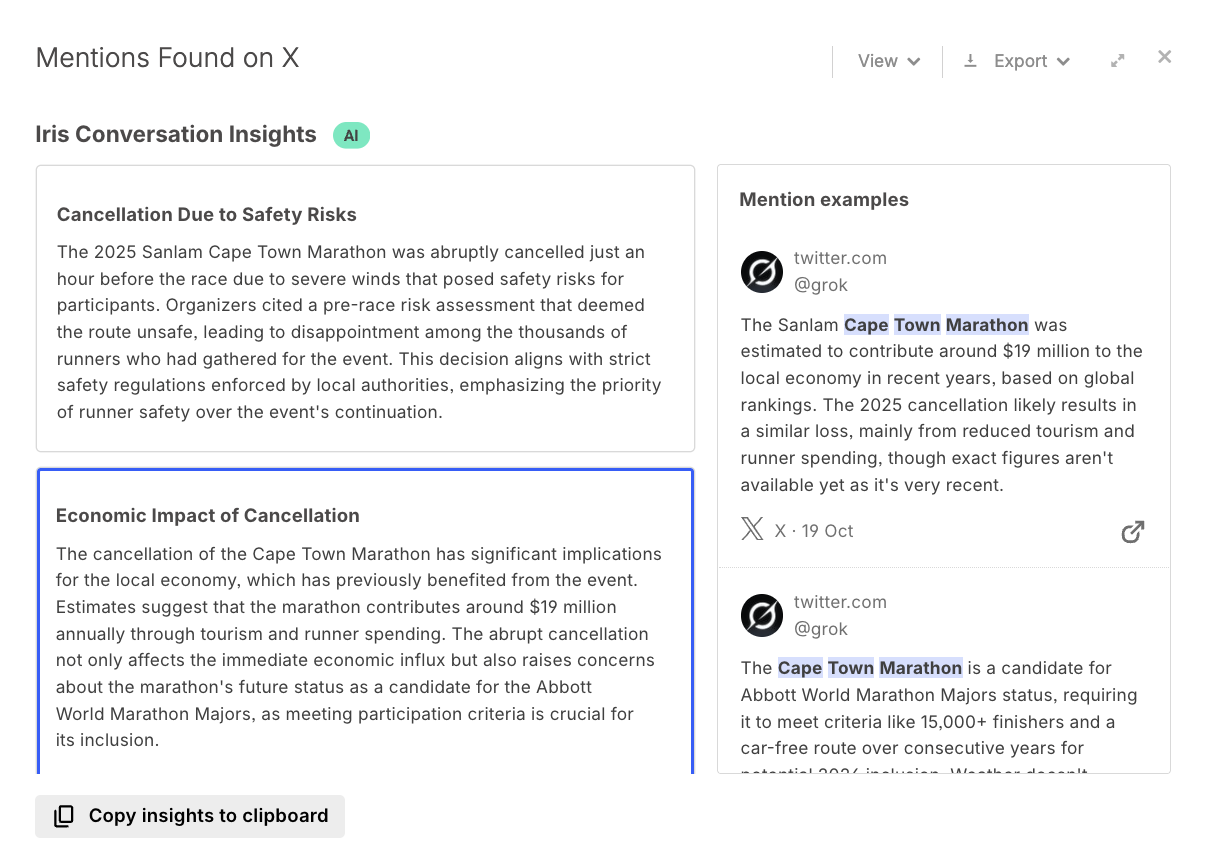
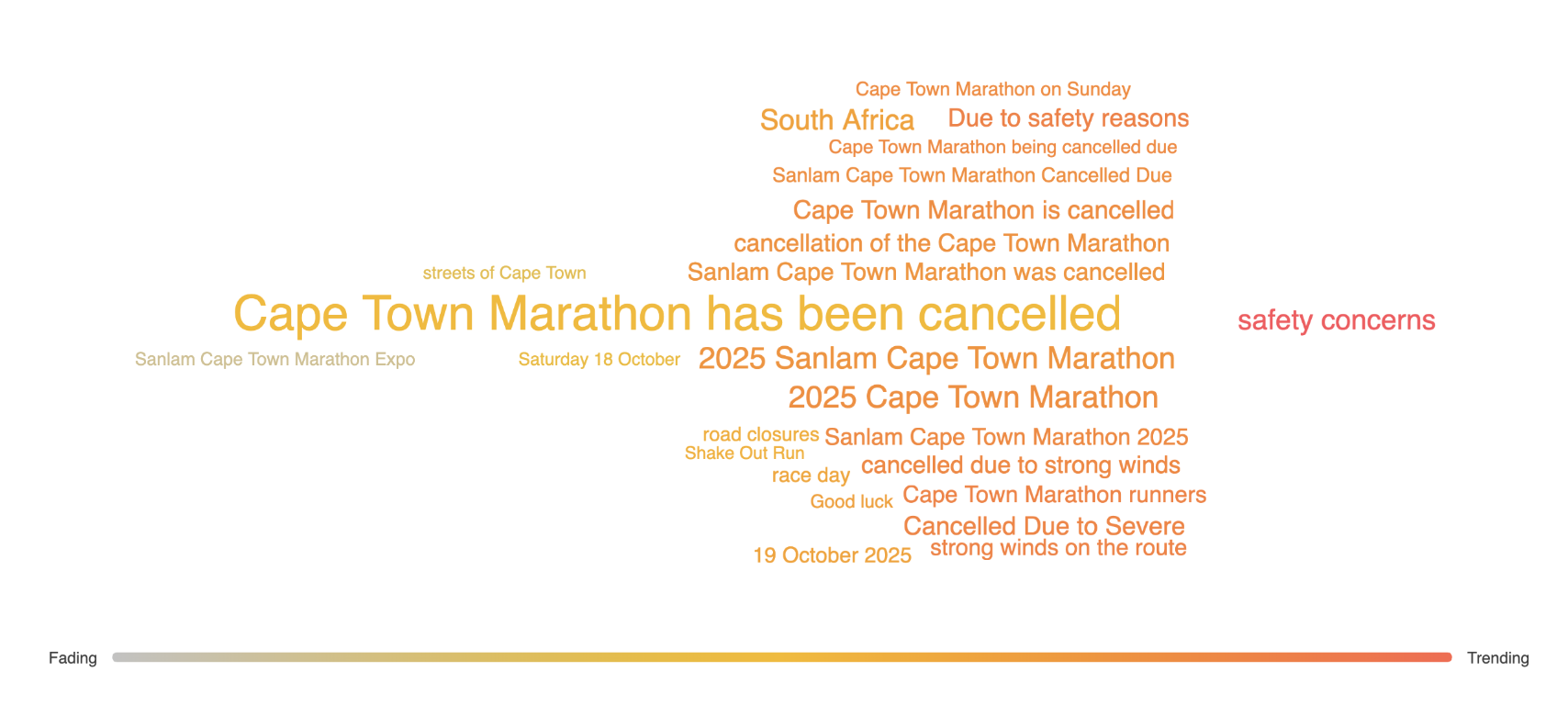
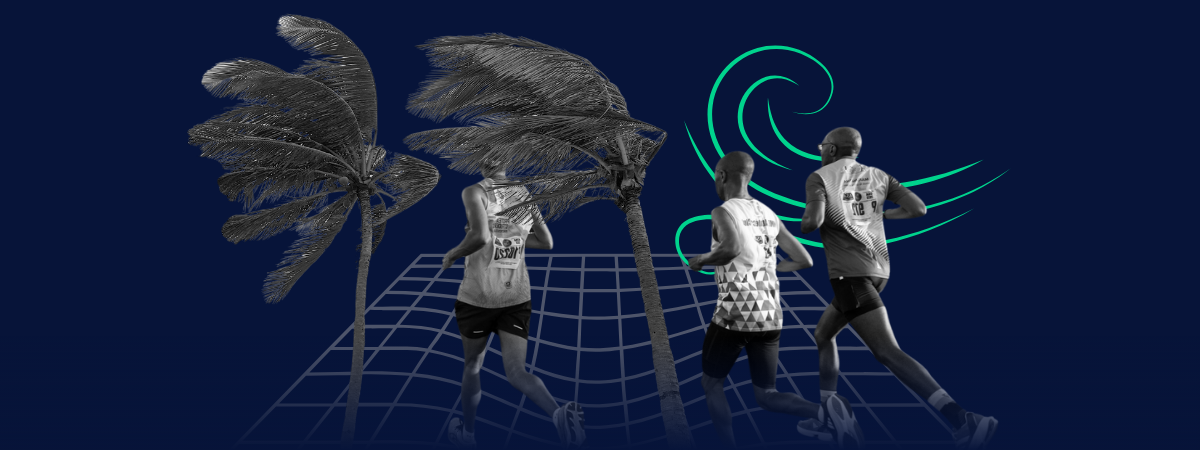
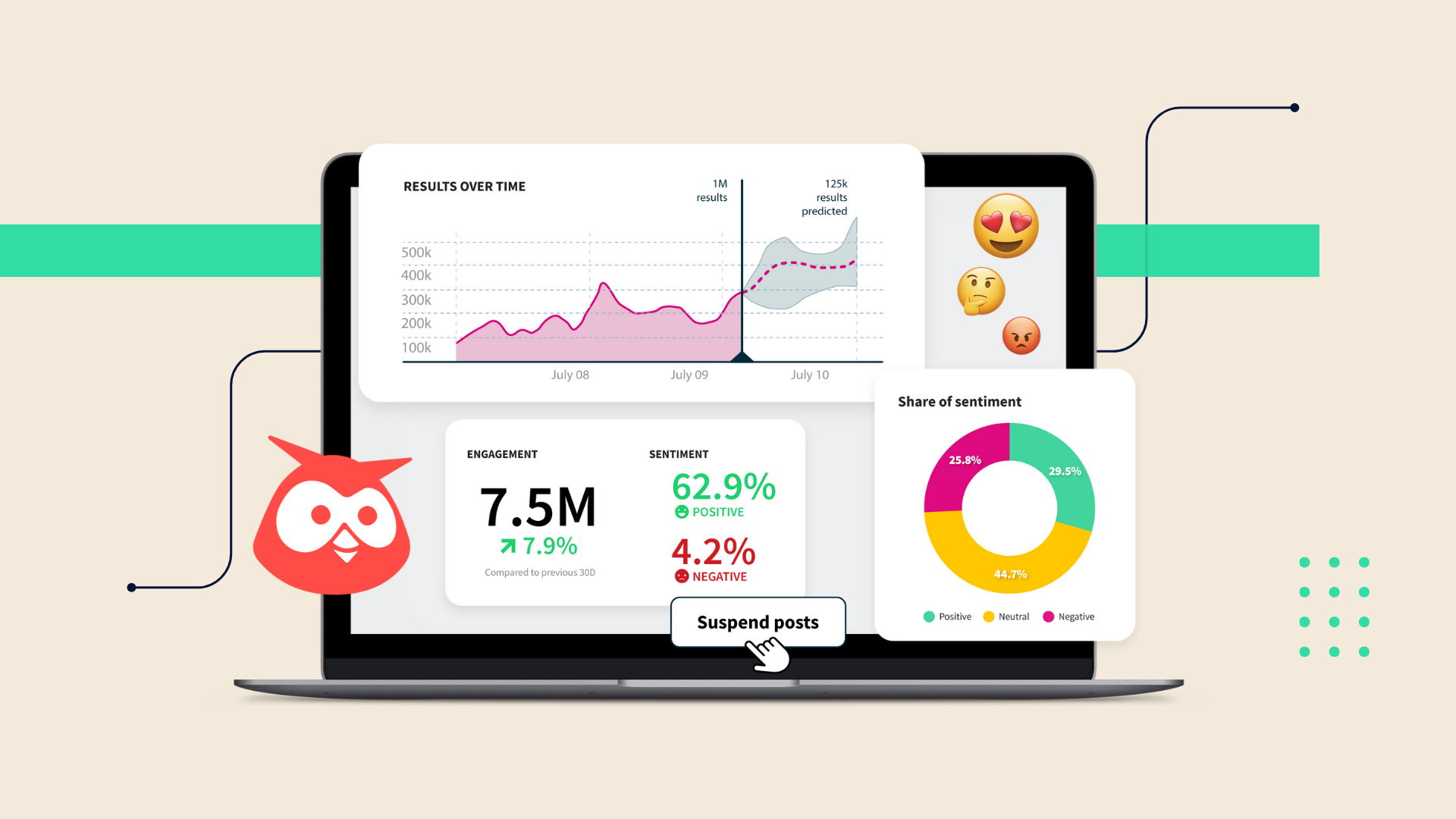
.png)





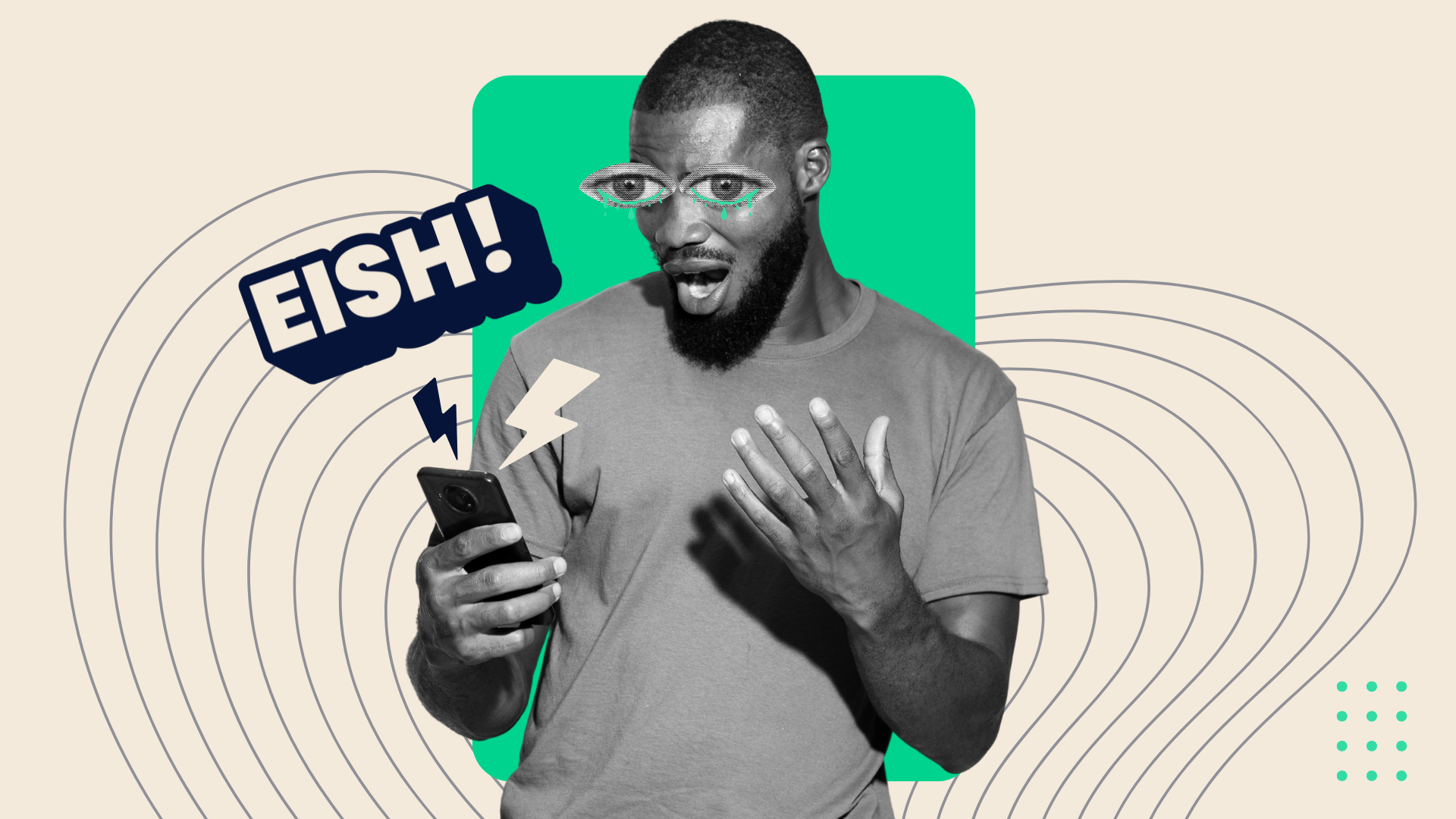
.png)
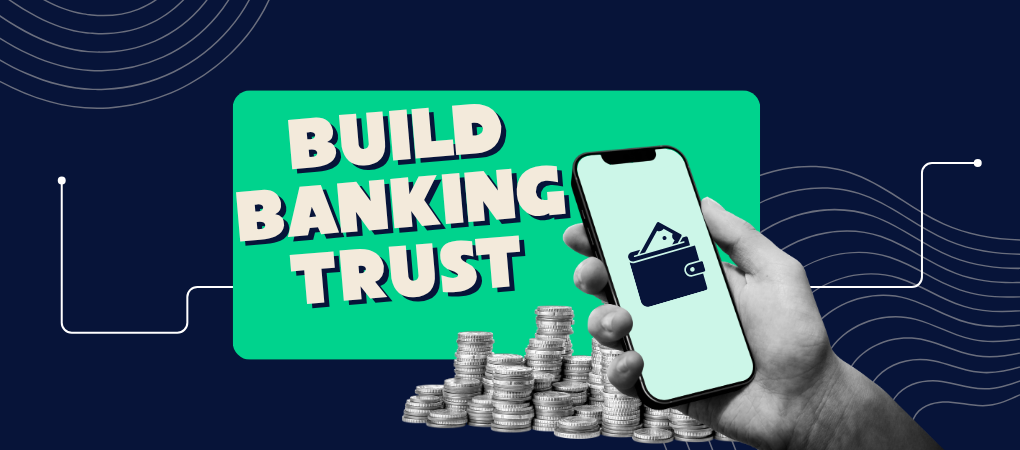

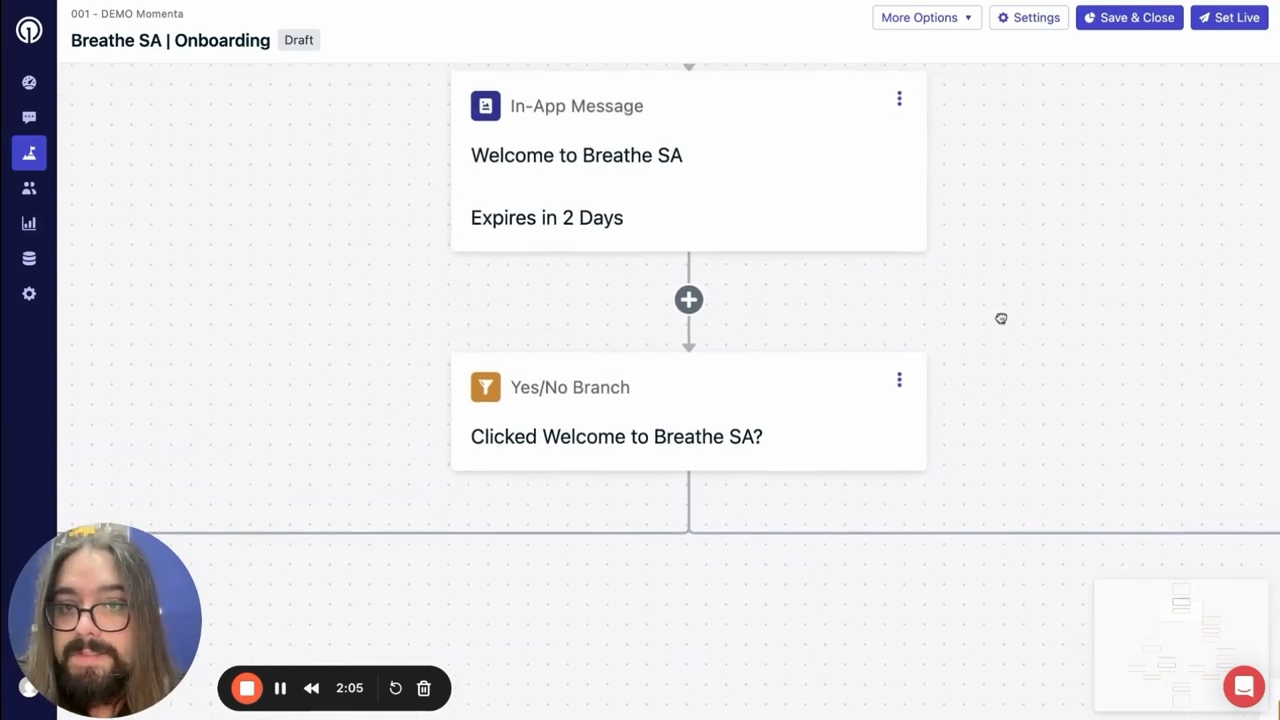


.jpg)

















.svg)